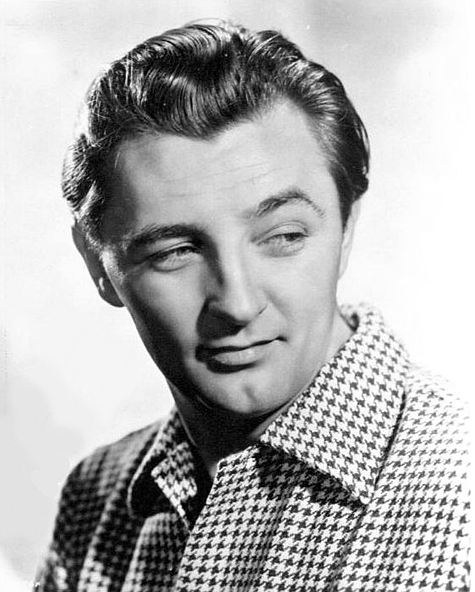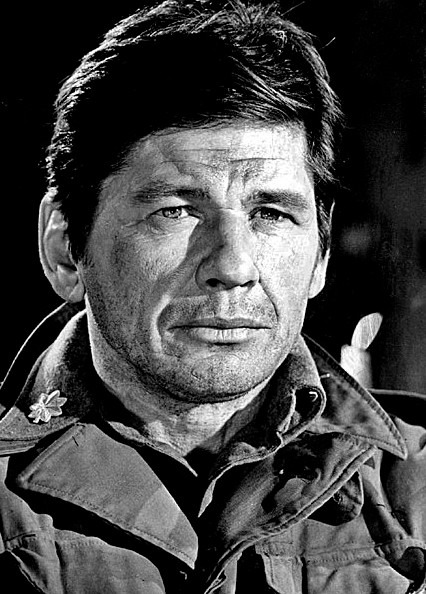Humphrey Bogart: The Definitive List of His Top Film Noir Movies
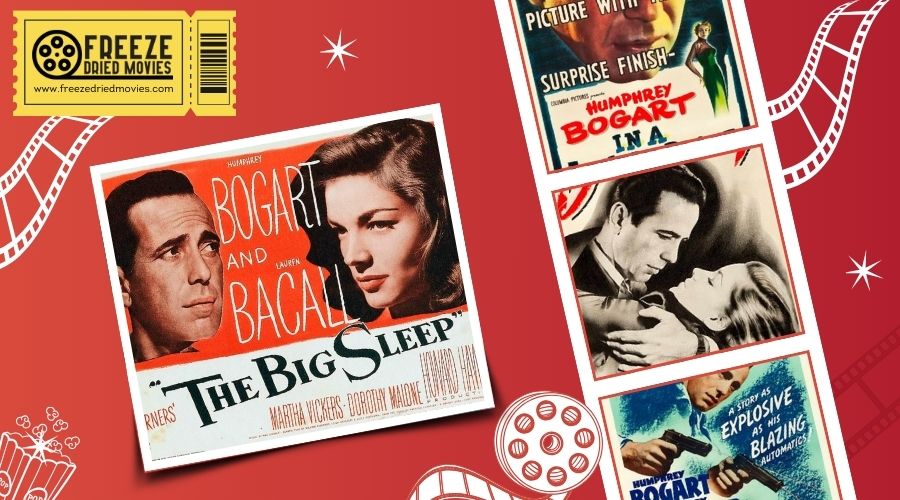
If you want a definitive list of Humphrey Bogart's top film noir movies, start with the iconic The Maltese Falcon. Bogart's role as Sam Spade set the bar for hardboiled detectives. In Casablanca, he captured hearts as the cynical Rick Blaine. The Big Sleep saw him navigate a complex web of intrigue as Philip Marlowe. In Key Largo, his chemistry with Lauren Bacall sizzled against a backdrop of tension and betrayal. Don't overlook In a Lonely Place, where Bogart explored psychological suspense and isolation as Dixon Steele. Each role showcases unique facets that redefine noir cinema. There's more to discover.
Bogart's Iconic Film Noir Roles
Humphrey Bogart's contributions to film noir are legendary, with his portrayal of private detective Sam Spade in The Maltese Falcon setting the standard for the genre. This role defined Bogart as the quintessential hardboiled character, maneuvering a world rife with greed and betrayal. His sharp dialogue and cool demeanor became trademarks, influencing countless noir films that followed.
In Casablanca, although not strictly a noir, Bogart's Rick Blaine embodies the same world-weary cynicism, facing love and sacrifice during wartime. This film's success further cemented his status as a leading man in the noir landscape. Shifting to The Big Sleep, Bogart's Philip Marlowe showcases his adeptness at playing complex, hardboiled characters. The intricate murder and blackmail plot highlight his ability to command the screen with intensity and precision.
In Key Largo, Bogart's portrayal of Frank McCloud, an ex-soldier facing gangsters, underscores his dynamic chemistry with Lauren Bacall, a frequent co-star. Finally, In a Lonely Place presents him as a troubled screenwriter, delving into themes of psychological suspense and isolation. Each of these performances underscores Bogart's unparalleled impact on film noir, securing his legacy as an icon. His prestigious honors and lasting legacy reinforce his wide-ranging impact on cinema, making him a revered figure in film history.

Exploring Crime and Mystery
Film noir thrives on crime and mystery, pulling audiences into domains where moral ambiguity and complex plots reign supreme. Humphrey Bogart, a quintessential figure in this genre, masterfully navigates these shadowy territories, often playing characters embroiled in crime and detective work. In The Maltese Falcon, Bogart's portrayal of private detective Sam Spade is a textbook example of film noir, filled with complex characters and a plot rich in betrayal.
The film draws you into a web of intrigue as Spade unravels the mystery surrounding a valuable statuette, showcasing Bogart's ability to convey depth and nuance. In The Big Sleep, Bogart brings detective Philip Marlowe to life, guiding you through a labyrinthine mystery involving murder and blackmail. This movie exemplifies noir's penchant for intricate storytelling, with each twist and turn deepening the sense of mystery. Meanwhile, Dark Passage employs a unique initial-person narrative to amplify the suspense as Bogart's character, Vincent Parry, seeks redemption after a prison escape.
The genre's distinct visual style, featuring low-key lighting and chiaroscuro effects, enhances the mood of these films, drawing viewers deeper into the narrative. Bogart's roles in these films highlight noir's fascination with the darker side of human nature, where crime and mystery intertwine, leaving you captivated by the unfolding complexities.

Themes of Betrayal and Tension
Betrayal weaves through the tapestry of film noir, creating a palpable tension that keeps you on edge. In The Maltese Falcon, you're thrust into a world of deception as Sam Spade maneuvers through the morally ambiguous terrain of his partner's murder. Brigid O'Shaughnessy, the quintessential femme fatale, embodies betrayal, leading Spade to question loyalty amidst a complex plot.
In Casablanca, Rick Blaine's expedition is defined by sacrifice and betrayal. He must grapple with his feelings for Ilsa Lund while steering through wartime loyalties. The tension rises as he confronts the need to let go for the greater good, making personal sacrifices that echo the film's themes of deception and loyalty.
The Big Sleep plunges you into a labyrinth of blackmail and murder, revealing the deceptive nature of the wealthy elite. Philip Marlowe's investigation uncovers betrayal, where personal motives blur into a morally ambiguous landscape.
Meanwhile, In a Lonely Place investigates the paranoia and tension that arise when Dixon Steele becomes a murder suspect. His troubled psyche unravels, threatening his romantic relationship. In Key Largo, betrayal and tension intensify in a confined space, with personal loyalties tested against a backdrop of danger and deception.
Humphrey Bogart's iconic roles and performances in these films showcase his ability to portray complex characters, solidifying his status as a film noir legend.
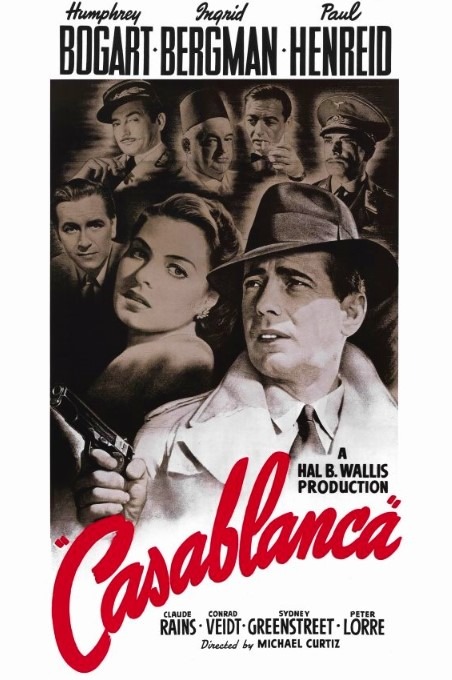
Collaboration With Directors
Collaboration played a crucial role in shaping Humphrey Bogart's illustrious career. His work with some of Hollywood's most talented directors helped define his legacy in the film noir genre. With John Huston, Bogart's roles in films like The Maltese Falcon not only cemented his status as a leading man but also brought a level of psychological depth and moral ambiguity to his characters. Huston's direction allowed Bogart to examine complex, multi-layered personalities that resonated with audiences.
Similarly, Bogart's work with Howard Hawks in To Have and Have Not and The Big Sleep showcased his chemistry with Lauren Bacall, creating iconic film noir moments. Hawks' direction emphasized Bogart's ability to convey subtle emotional shifts, enhancing the tension typical of the genre. Raoul Walsh directed Bogart in significant films such as High Sierra, where Bogart's versatility shone through in his portrayal of conflicted characters.
Meanwhile, Nicholas Ray's In a Lonely Place highlighted the darker, more introspective side of Bogart, delving into themes of psychological depth and moral ambiguity. These collaborations with directors like Curtis Bernhardt further enriched Bogart's filmography, examining betrayal and moral conflict, establishing him as a quintessential figure in film noir.
Bogart's characters often faced moral dilemmas and psychological themes, reflecting the era's cinematic shift from classic monsters to more complex narratives.
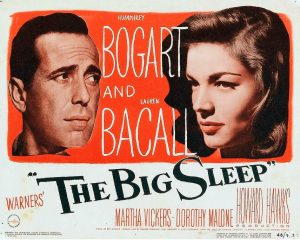
Legacy in Film Noir
Humphrey Bogart's legacy in film noir is undeniably profound, as he consistently brought to life characters that embodied complex moral ambiguity. His portrayal of Sam Spade in The Maltese Falcon set the gold standard for the genre, influencing countless films that followed. Bogart's ability to portray characters full of moral complexity became a defining element of film noir's thematic landscape.
In Casablanca, Bogart infused Rick Blaine with layers of love and sacrifice, blending complex themes that resonated deeply with audiences. This role, while not strictly noir, showcased his ability to navigate intricate emotional landscapes, cementing his place in cinematic history. Directors like John Huston and Howard Hawks recognized Bogart's unique talent, collaborating with him to push the boundaries of the genre.
His performances in films like The Big Sleep and Key Largo further demonstrated his skill in portraying hardened, yet vulnerable, characters. Bogart's work in film noir didn't just entertain; it shaped the genre's evolution. His legacy endures because he brought depth and authenticity to his roles, making the complex themes of film noir accessible and compelling for generations of viewers. His influence remains a cornerstone in the history of cinema.
Directors of 1940s horror films used similar techniques of subtle storytelling to navigate censorship, enriching the narrative depth and atmosphere.


